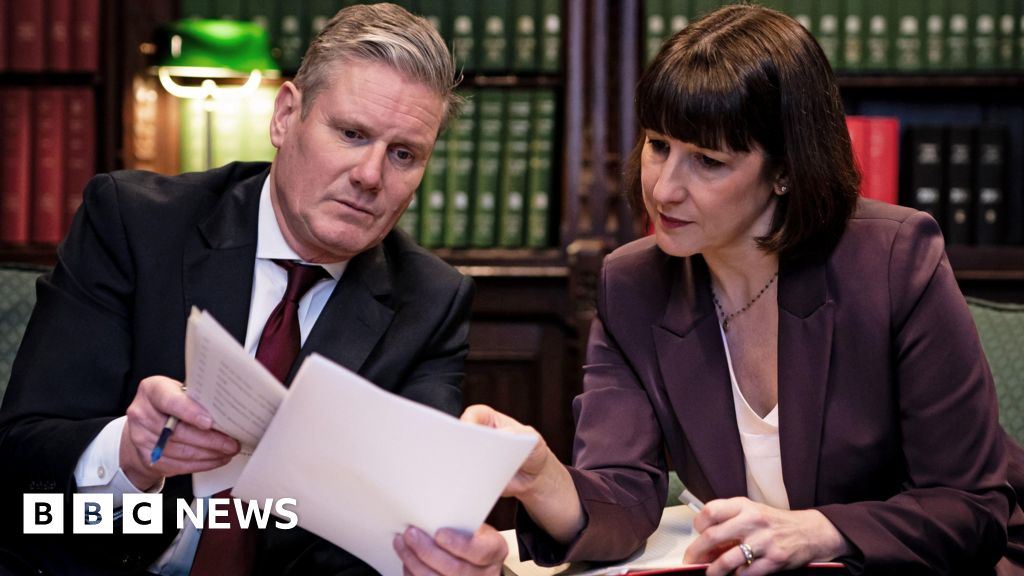“We have time to let the incoming data guide our decisions,” Powell said.
The Federal Reserve will see if inflation goes beyond its current harsh level before imposing highly anticipated interest rate cuts, Federal Reserve Chairman Jerome Powell said on Wednesday.
Addressing a business conference at Stanford University, Powell praised progress in the fight to moderate price increases, while acknowledging that progress has stalled in recent months.
“On inflation, it is too early to say whether the latest readings represent more than a bump,” Powell said. He said.
“Given the strength of the economy and the progress on inflation to date, we have time to let incoming data guide our policy decisions,” Powell added.
Inflation has fallen significantly from its peak of 9.1%, but is still more than a percentage point above the Fed's target rate of 2%.
At last month's meeting, the Fed chose to keep interest rates very high. The federal funds rate remains between 5.25% and 5.5%, its highest level since 2001.
The move marks the fifth straight meeting at which the Fed has left interest rates unchanged, marking a long pause in its aggressive rate-hiking cycle that began in March 2022. The Fed said last month it still intends to make three rate cuts this year. General. year.
The Fed's next interest rate decision is scheduled for the beginning of May.
Powell said Wednesday that the central bank faces risks whether it cuts interest rates too early or too late.
“Cutting rates too early or too much could reverse the progress we have seen on inflation and ultimately require tougher policy to bring inflation back to 2%,” Powell said. “But easing policy too late or too little could unduly dampen economic activity and employment.”
He added: “As conditions evolve, monetary policy is well prepared to confront any of these risks.”
Interest rate cuts would reduce borrowing costs for consumers and businesses, which could trigger a wave of economic activity through increased household spending and business investment.
But the Fed risks a rebound in inflation if it cuts interest rates too quickly, because stronger consumer demand combined with strong economic activity could lead to an acceleration in price increases.
US Bureau of Labor Statistics data earlier this month showed that US job gains far exceeded expectations in February.
The United States added 275,000 jobs in February, exceeding expectations for a roughly 200,000 job addition, but representing a significant decline from the employment of nearly 350,000 workers in January, according to data from the Bureau of Labor Statistics.
The S&P 500 index reached a record high last month.
Attitudes about the economy have improved in recent months. Consumer sentiment declined in February but maintained much of the big gains made in previous months, a University of Michigan The survey found.
However, some areas of the economy have cooled.
The housing market has slowed significantly due in large part to rising mortgage rates.
The average interest rate on a 30-year fixed mortgage has risen to 6.79%, rebounding after a steady decline at the end of last year, according to a report from Freddie Mac Last Thursday.
Speaking on Wednesday, Powell pointed to consumer and business sentiment surveys that indicate inflation is widely expected to return to normal levels.
“The public believes — which is good, because it is true — that inflation will return to 2%,” Powell said. “This is very reassuring but this is partly because of the very strong action we have taken and also because of our continued commitment to actually get inflation back to 2% over time.”
“And that is our commitment,” Powell added.

“Typical beer advocate. Future teen idol. Unapologetic tv practitioner. Music trailblazer.”






More Stories
Cryptocurrency firm Ledger raises price of Stax crypto wallet, launches Flex
Tesla shares fell 7% in premarket trading after failing to report earnings.
Elon Musk: Trump Presidency Could Hurt Tesla’s Competitors